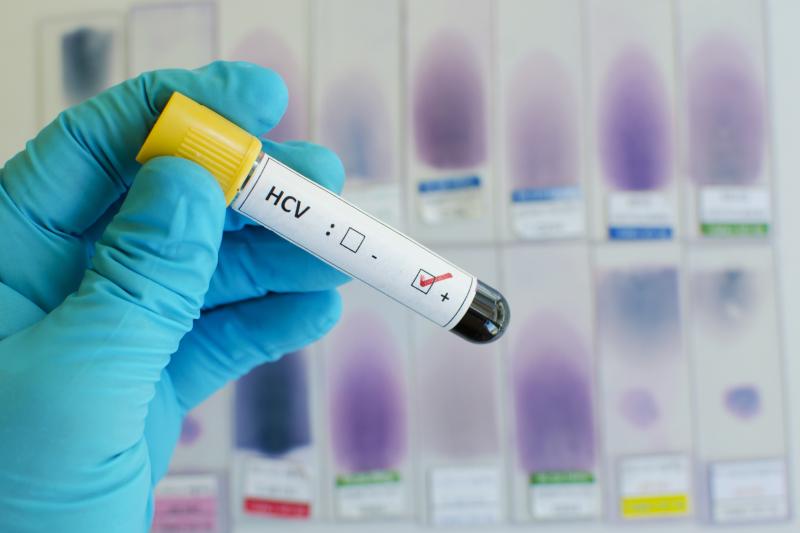Point-of-care HCV screening with direct access improves linkage of care in people with substance misuse





Decentralized point-of-care (PoC) education and screening among individuals with substance misuse at high risk for hepatitis C virus (HCV) improves case identification, linkage to care, and HCV care cascade, which lead to better treatment uptake, according to a Singapore study.
“PoC liver fibrosis assessment revealed a high proportion of cirrhosis within this study cohort, suggesting that the disease burden could rise further over the next 10 years unless HCV elimination strategies are instituted,” the researchers said.
A total of 351 halfway house residents were offered PoC education and screening. Those who tested positive for HCV were randomly assigned to standard care (controls) or direct access, which provided a direct pathway to hospitals.
Electronic medical records were reviewed to determine linkage to care. Linkage of care cascade was defined as attendance at the specialist clinic, confirmation of viraemia by HCV RNA testing, discussion about HCV treatment, and initiation of treatment.
Of the participants, 107 (30.5 percent) had HCV; 38 residents were assigned to the direct access group and 69 to the control group. Compared to controls, the direct access group had a significantly higher percentage of cases linked to specialist review for confirmatory RNA testing (63.2 percent vs 40.6 percent; p=0.025), HCV treatment (p=0.009), and treatment initiation (p=0.01). [Singapore Med J 2020;doi:10.11622/smedj.2020116]
During follow-up, only 13 residents (12.6 percent) initiated HCV treatment. Multivariate analysis revealed that PoC HCV screening with direct access referral had significantly greater linkage to HCV treatment initiation (adjusted odds ratio, 9.13; p=0.005).
“Linkage to care remains poor among persons who inject drugs (PWIDs) despite the PoC HCV care model and facilitated referrals,” the researchers noted. “This is likely due to multiple social and financial reasons, and simplification of the HCV care cascade would improve treatment uptake.”
Facilitated referral for high-risk populations, PoC HCV screening, education, and transient elastography (TE) assessment are effective in identifying the hidden HCV population and linking them to care, as shown in earlier studies. [J Viral Hepat 2010;17:698-704; J Community Health 2014;39:922-934; Int J Drug Policy 2015;26:984-991]
Streamlining the care cascade could potentially lower cost and reduce the waiting period to see a specialist and staging with TE, according to the researchers, adding that their protocol may be applied to other urban populations to facilitate micro-elimination in key populations via PoC screening with subsequent specialist review in ‘walk-in’ clinics with expedited care for direct-acting antiviral treatment.
In Singapore, HCV prevalence ranged from 0.37–0.54 percent in the general population based on blood donor prevalence studies. [Southeast Asian J Trop Med Public Health 1993;24:127-129; J Public Health Med 1995;17:387-391]
“PoC HCV screening, diagnosis and treatment may hence be an effective strategy towards achieving HCV elimination in Singapore,” the researchers said. “For an effective public health strategy aiming to eliminate HCV, further studies are needed to determine the number of PWID required to treat per annum to attain the WHO 2030 goal of reducing HCV incidence and liver-related mortality.”